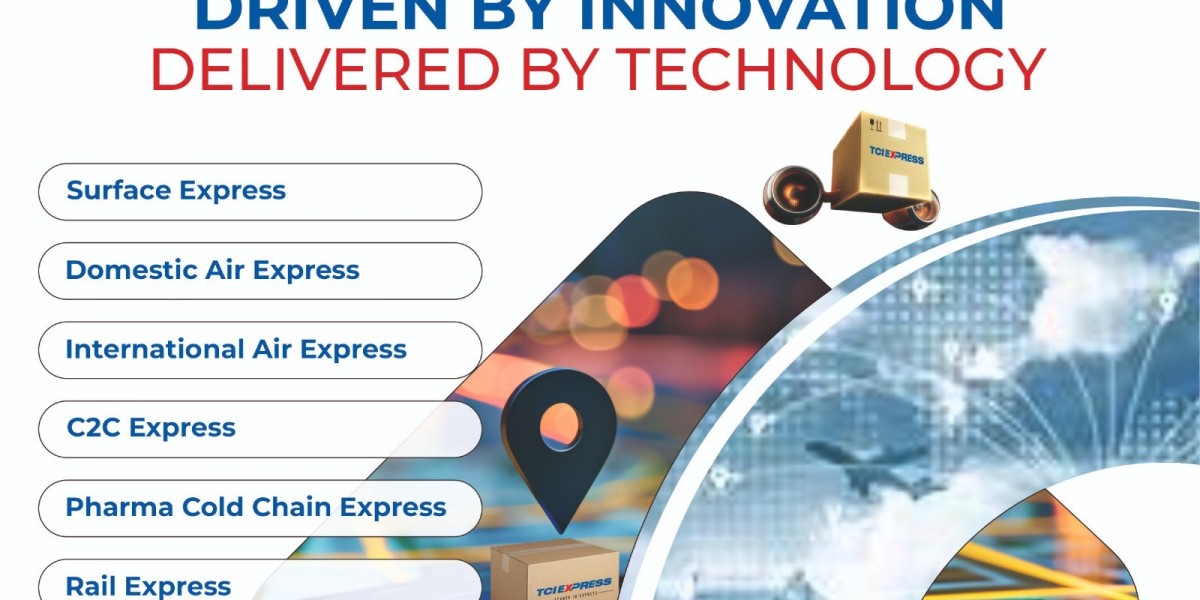Imagine it’s a cozy monsoon evening and it’s raining cats and dogs and all you crave is a plate full of fritters and samosa. The foodie in you doesn’t want to go for the conventional boring flavors and instead you innovate and serve the traditional items with a global flavors. Potato fritters with peri-peri seasoning or crispy potato fritters dipped in French onion dip, doesn’t our mouth water even at the thought of this sight!
The advent of Global fusion of flavors has enabled food technologists and food enthusiasts from all over the globe to innovate flavors and techniques to upscale every dish with perfect blend of flavors.
The history of global fusion of food dates back to the time of the silk route where the trade of spices herbs and other condiments paved the way for acknowledging different flavors and condiments and their incorporation in various traditional foods.
In the modern world the fusion is creative bold and never fails to surprise our palates and increasing the demands for more.
To name a few the Korean juice barbeque taco with the richness of sesame miso and soy sauce from the Korean origin blended with the ginger lemongrass and red chills from the Asian culture. The amalgam of Peru and Japan gives us the Peruvian ceviche with Japanese sashimi techniques.
Fusion flavour requires scientists and flavours to make a delicate balance between flavour aroma and texture to create this diversity! For instance say balancing the sweetness of litchis, the bitterness of bitter gourd or the hotness of chilli these all include precision and attention to detail to achieve a certain desired goal. Recreation and incorporation of reaction flavours like roasting, caramelization, browning gives an edge to the dish making it popular consumer good. The goal is not only to have an exclusive dish but also to formulate it in such a way that is sustainable and ethical, with the advancement of consumers conscious about the food consumption and upholding the principles of GMP, GHP, HACCP, TQM it is important to keep in mind both these aspects while formulation.
When we dive deep in the concepts of these foods we find certain reason of them being popular among the new generation. To quote a few are the diverse palate that these food offer they are yet unknown yet unknown to the consumer that makes it even more intriguing. The social media has enabled popularising of these over the internet and there is a desire to try these once has made the netizens go crazy over these. With the busy schedules and ever changing life styles and people hardly finding time to cook the premixed for these food offer a sense of fulfilment to the consumer why have bland boring food when creativity is available at your tips!
To conclude global flavour is not just about innovation its more about bringing together various cultures to have a shared joy and love for food, up scaling the known and enjoying the exotic! This ever growing culinary evolution offers creating and sustaining flavours to make fusion a reality. The fusion of these is crucial for ever growing global interconnectedness.
The Eco meets the tech- active and intelligent packaging
The food commodities are prepared and packaged for protection and extension of shelf life. The apex food regulatory body of India FSSAI has laid down Food Safety and Standards (Packaging) Regulations, 2018. It lays down the rules for general requirements packaging requirements compliance and declaration related to packaging.
We know that packaging performs various functions like protection from the external environment gives us information about the shelf life and storage conditions but are mare the basic requirements that a packaging material does sufficient? Do we not require systems that give us the real time updates about the status of our product that it’s actually fresh or not?
To get real time updates about the products concepts of active and intelligent packaging were introduced. The story dates back to Dr. Theodore Labuza from university of Minnesota who introduced this concept while working on time temperature indicators in the packaging system division.
Active packaging refers to packaging systems which have constituents deliberately included which enhance the performance of the packing system. The key functions of this system included removal of unwanted constituent’s e.g. C2H2 and O2 from packaging systems and addition of desirable ones like co2 or ethanol for microbial growth inhibition.
To name a few flavour or odour absorbers like cellulose triacetate citric acid, activated clay, carbon, zeolites are used in fried foods, fishs fruit juices, cereals etc. ethanol emitters are used in bakery products like pizza crusts, breads, biscuits etc.
The intelligent packaging defined at its simplest means packaging which shows understanding. It is a packaging that contains internal or external indicators that provide information about the condition of the package. It gives indication about the product quality like gas indicators temperature indicators etc. It provides convenience during cooking and preparation and it provides protection against theft and tampering.
To check freshness an indicator is used called ‘RipeSense’ sensor developed by New Zealand. This enables us the consumer to choose the best variety of fruits. Based on the mixture of volatiles gives red colour with unripe fruits and orange to yellow when the fruit becomes fully ripe. For providing convenience during preparation we have thermionic inks microwave safety indicators etc. these inks are printed on the label which indicates the suitable temperature for cooking of chilling the products. The MDI are helpful when it comes to checking the readiness of the product under heat treatments. To reduce the risk of theft and other damage special tags dyes inks have been introduced but these are not as prevalent in food industry
The future aspects of the packaging system could include integration with IoT AND smart technologies which include RFID tags Bluetooth etc., personalised and responsive packaging that could be designed as per the products needs and use of more environmental friendly material to have sustainable packaging methods.
As we conclude the consumers demands involve and the supply chains become smarter this innovation has become a necessity to have innovation. Use of smarter technologies, reducing waste and enhancing safety the packaging technologies are redefining itself day by day.







